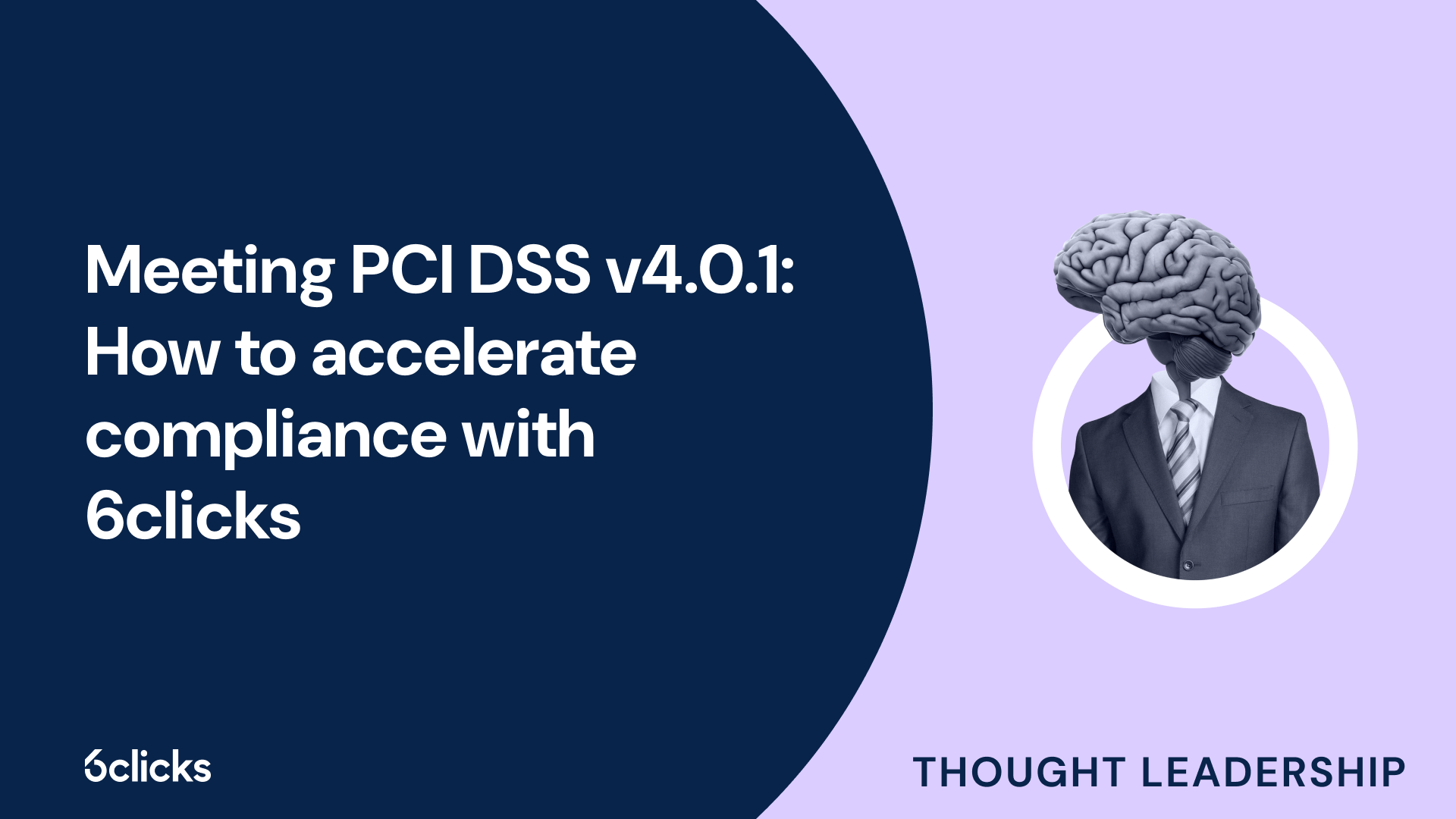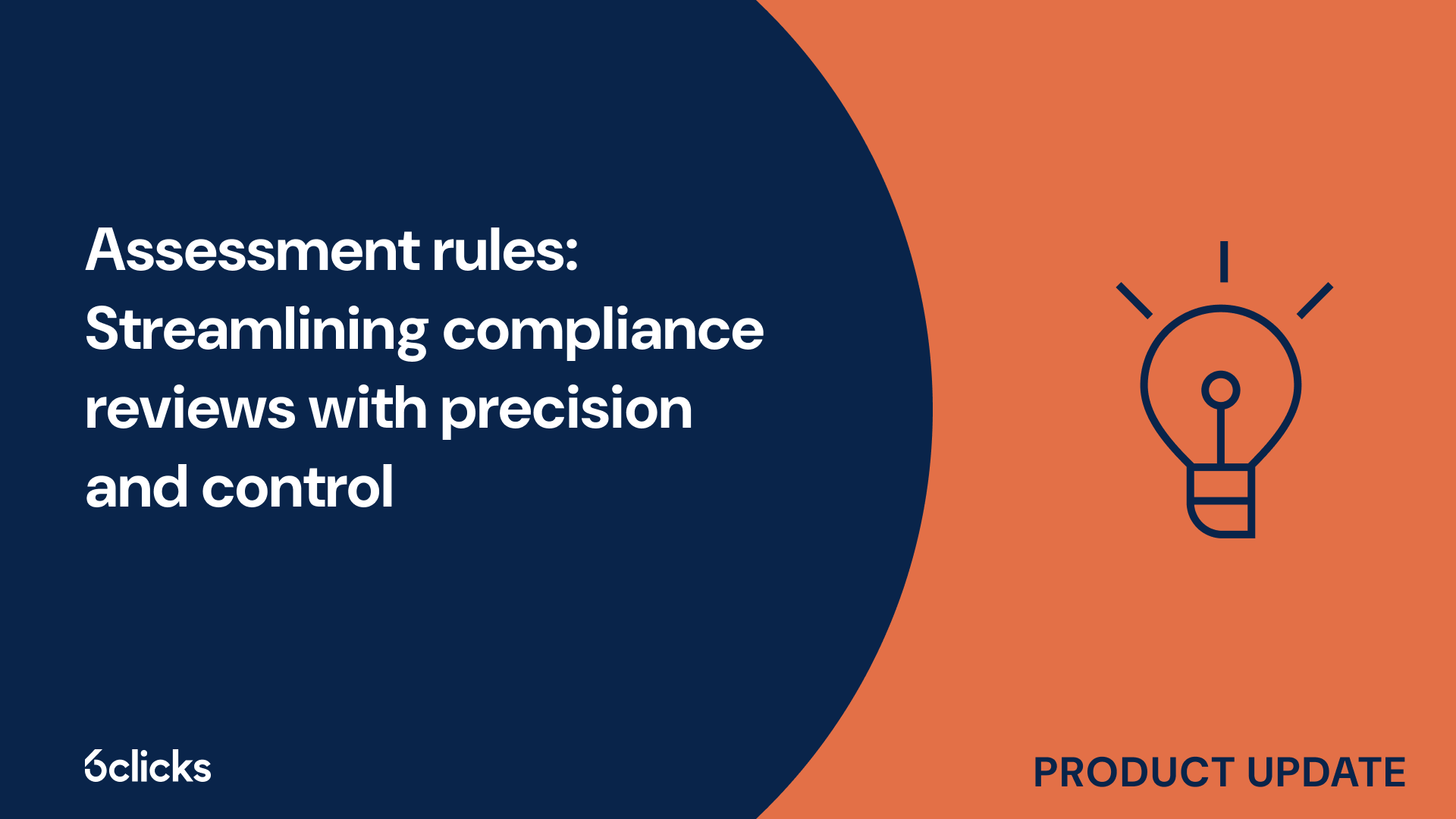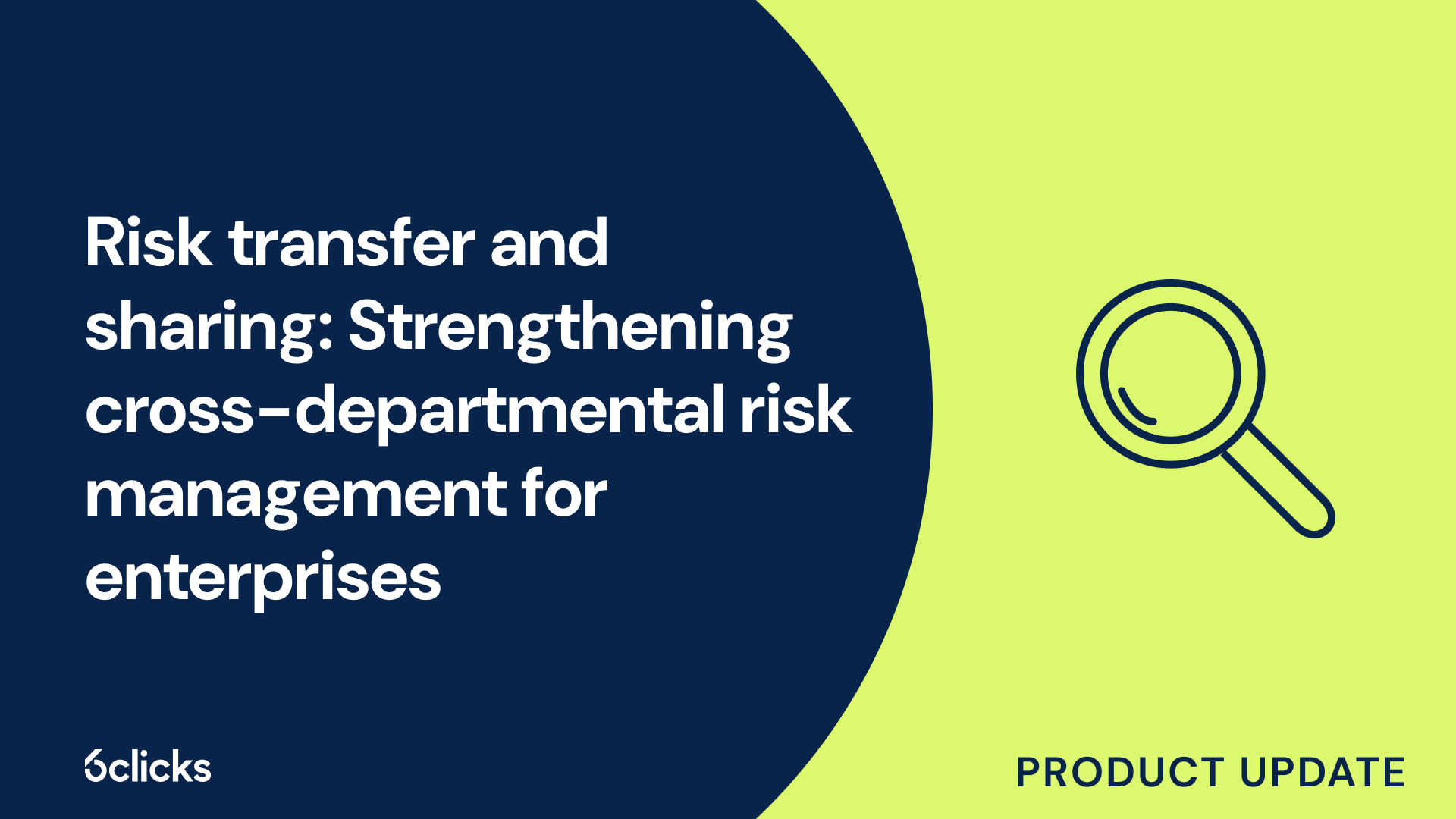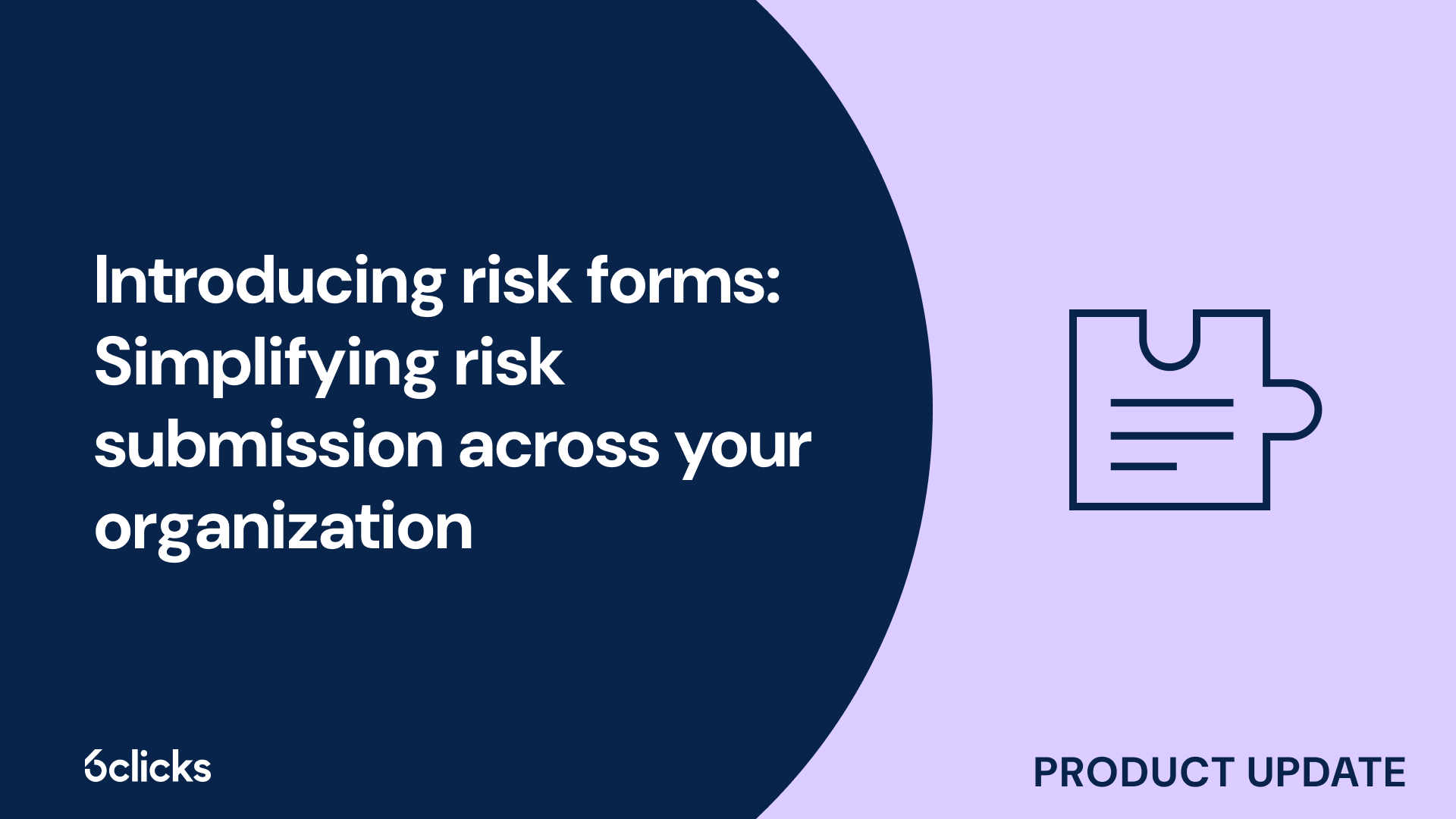The GRC buyer’s guide for 2025: Building resilience with AI-powered, federated solutions
Discover the ultimate GRC buyer's guide for 2025! Uncover how AI-powered, federated solutions transform compliance and security management for industries like government, aerospace, banking, and more. Learn about centralized control, continuous compliance, and advanced cyber GRC capabilities. Download now!
-1.png?width=200&height=249&name=Group%20193%20(1)-1.png)
The GRC buyer’s guide for 2025: Building resilience with AI-powered, federated solutions
What is residual risk in cybersecurity?
Residual risk in cybersecurity refers to the remaining risk that persists even after all security measures and controls have been implemented. No system can be entirely risk-free, and residual risk accounts for the vulnerabilities that cannot be fully eliminated. Organizations must assess and manage residual risk to ensure that their security posture remains strong against potential threats.
Components of residual risk
Residual risk consists of several key elements, including:
- Inherent risk – The original level of risk before implementing any security controls.
- Mitigated risk – The portion of risk reduced through cybersecurity measures.
- Unmitigated risk – The risk that remains due to limitations in security controls or unforeseen threats.
Despite deploying firewalls, encryption, intrusion detection systems, and other security measures, some risks still exist. This is because cybersecurity defenses cannot guarantee 100% security due to evolving attack vectors, system complexity, and human error.
How is residual risk calculated?
To determine residual risk, organizations use the following formula:
- Identifying critical assets and vulnerabilities
- Assessing threats and their potential consequences
- Measuring the effectiveness of existing security controls
- Estimating the likelihood of a breach or cyberattack
Why is residual risk important?
Understanding and managing residual risk is crucial for organizations because:
- Compliance requirements – Many regulatory standards, such as GDPR, ISO 27001, and NIST, mandate residual risk assessment to ensure data protection and security.
- Cost efficiency – A risk-based approach allows organizations to allocate resources effectively, balancing security investments and risk tolerance.
- Cyber threat evolution – As cyber threats constantly evolve, organizations need to anticipate risks that remain despite existing security strategies.
- Business continuity – Managing residual risk helps minimize disruptions caused by cyber incidents, ensuring operational resilience.
Strategies to manage residual risk
Organizations must adopt strategies to manage residual risk effectively. Some best practices include:
- Regular risk assessments – Conduct periodic risk evaluations to identify changes in residual risk levels and update security controls accordingly.
- Layered security approach – Implement multiple security layers, including endpoint security, network monitoring, and employee awareness programs, to reduce vulnerabilities.
- Incident response planning – Develop and test incident response strategies to mitigate the impact of security breaches when they occur.
- Cyber insurance – Consider cyber insurance policies to cover financial losses associated with cyber incidents.
- Continuous monitoring – Use security information and event management (SIEM) systems to detect and respond to threats in real-time.
- Employee training – Educate employees about cybersecurity risks and best practices to reduce the risk of human errors leading to security breaches.
Summary
Residual risk is an inevitable aspect of cybersecurity. While organizations cannot completely eliminate all risks, they can minimize and manage them effectively through robust risk assessment, continuous monitoring, and proactive security measures. By understanding and addressing residual risk, businesses can enhance their cybersecurity posture and protect themselves against evolving cyber threats.
Get started with 6clicks
Our platform offers a complete risk management solution to help you streamline your processes and effectively mitigate risks.
- Conduct risk assessments using a powerful risk register with custom fields for defining likelihood, impact, priority, treatment decision, and more
- Implement risk treatment plans with built-in task management features
- Generate turnkey risk reports and utilize custom dashboards and data visualization tools to harness advanced insights
Learn more by getting in touch with a 6clicks expert below.











